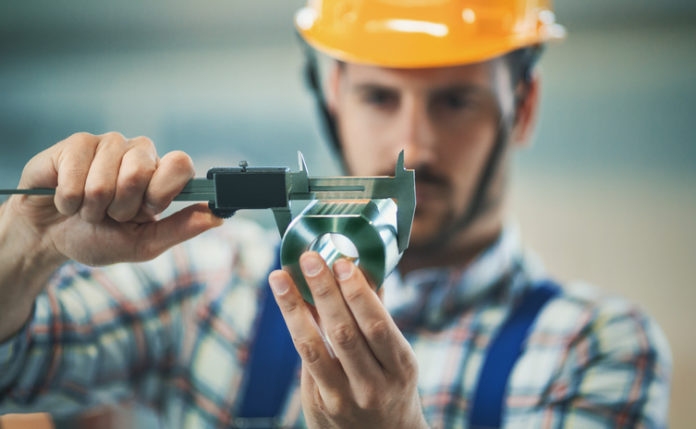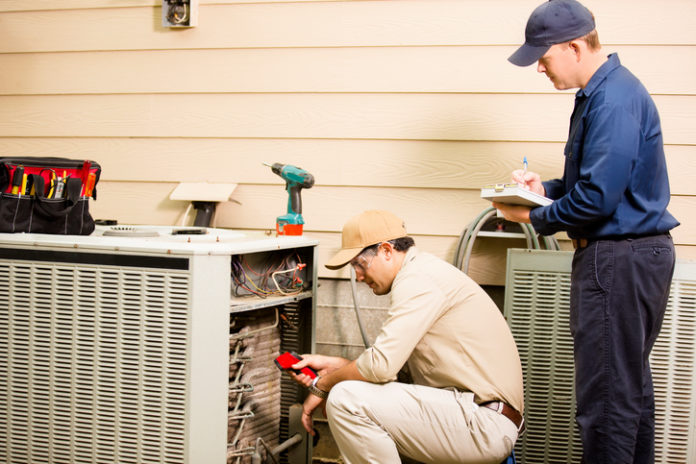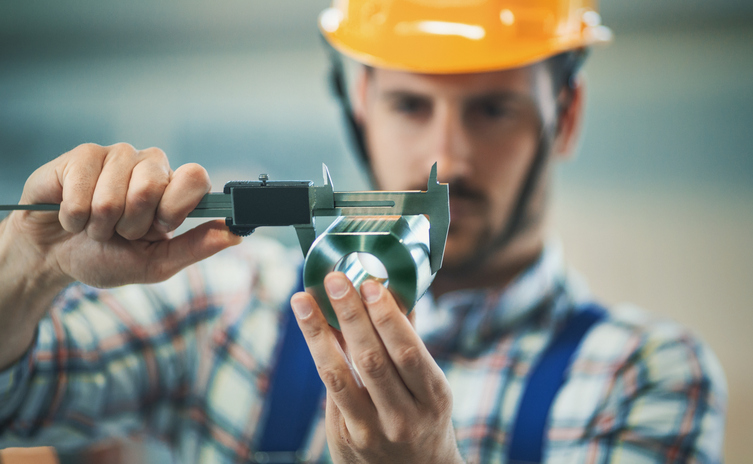Once you’ve hired a contractor for your energy efficiency renovation, you need to manage your contractor to ensure quality. Follow the steps below and you’ll be on your way to celebrating a successful project in no time.
1Establish a single point of contact.

First, you should decide who will be the main contact with your contractor. Clear communication is critical because a renovation that includes energy efficiency improvements comes with extra challenges. A single point of contact will help avoid confusion, conflicts and cost overruns.
2Have a discussion about quality.

Before the work starts, have a discussion with your contractor about quality. You want the contractor to know you’ll be carefully overseeing the work and that there may be others involved in this oversight, such as building inspectors, your electric cooperative or an independent energy auditor. You can discuss the standards of a professional, high-quality job. And you can agree on the points at which the contractor will pause so you or someone you designate can review the work.
3Put change orders in writing.

It will be tempting to add “just one more thing” along the way, and the contractor may agree a change is simple and possible within the timeframes. Contractors and customers often miscommunicate about change orders and end up disagreeing about additional costs when the project is completed. Before you make any changes, be sure to get a written cost quote. If it’s significant, you can then weigh the cost against the benefit of the change.
4End with an inspection.

Almost all efficiency measures require some kind of final inspection. For example, infrared thermometers can show voids in blown insulation, and fiberglass batts can be visually inspected to ensure there are no air gaps and the batts are not compressed.
HVAC measures require special attention. ENERGY STAR® has a program to ensure quality HVAC installation. Forced air systems typically have poorly balanced supply and return air delivery that can often be improved. Air flow can be measured at each register, and a duct blaster test can identify and quantify duct leakage.
When you review the work, it may be helpful to take photos or to bring in an energy auditor.
Be sure to have these inspections outlined in the contract and discussed beforehand, so the contractor is comfortable.
When the renovation is complete, it may be tempting to sign the check, shake hands and breathe a sigh of relief that it’s all over. Depending on the size and complexity of the project, it may be worth the extra step of having a final audit by a licensed energy auditor.
Once you confirm that the work is 100 percent complete, you can write a check for the final payment, then sit back and enjoy your revitalized, more energy-efficient home!






